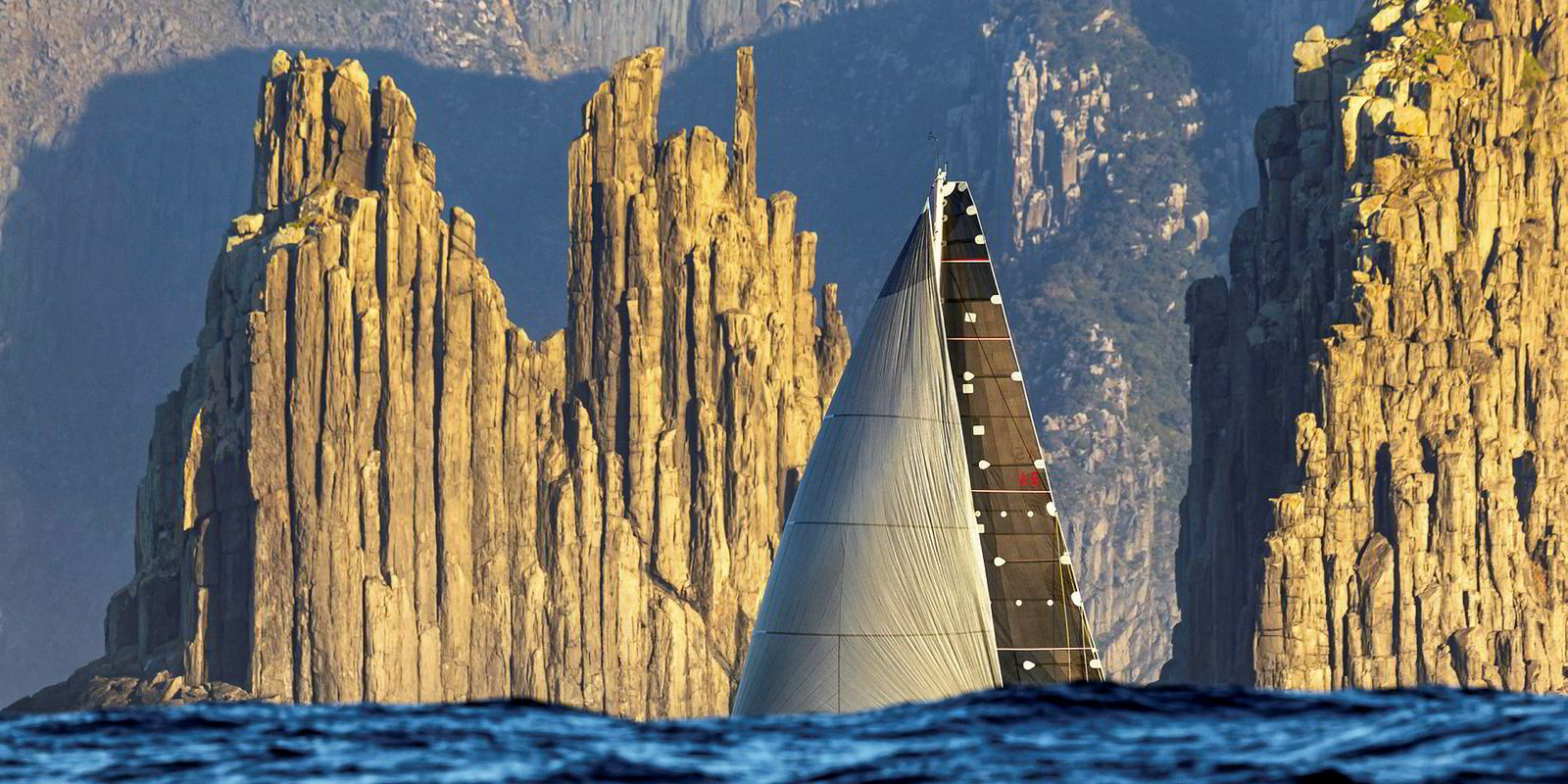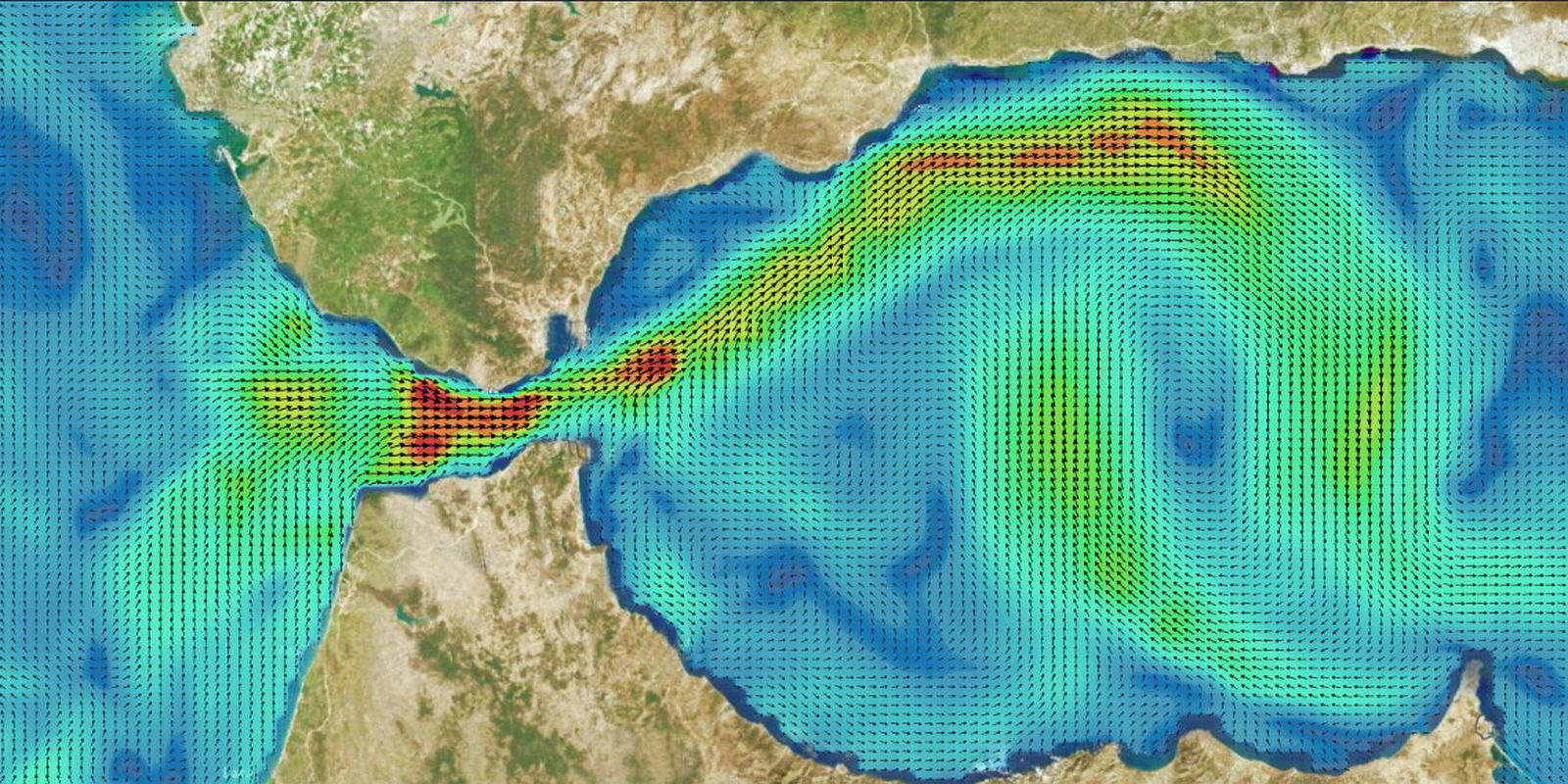“There is a lot of free mileage to be gained wherever you are sailing in northwest Europe,” says Tidetech chief executive Penny Haire.
The same goes for voyages through the Malacca or Singapore straits and across large parts of the East China Sea, where working with tides and currents can realise significant marine fuel savings.
Tidetech Commercial Marine is a 10-year-old company based in Hobart, Tasmania, southern Australia, that has gathered together some of the foremost experts in oceanography and is compiling accurate data about the seas for use in computerised navigational systems.
Haire knows a thing or two about tides and currents: she comes from a sailing background with tall ships and was a chief instructor for the Royal Yachting Association in the UK.
She teamed up at Tidetech with science director Roger Proctor, a research specialist in coastal seas who is director of the Australian Ocean Data Network and who worked at the UK’s Proudman Oceanographic Laboratory (now National Oceanography Centre) between 1979 and 2008. They were joined by modelling consultant Roger Flather, whose tide/surge forecasting work over 30 years included development of storm surge plans that inform decisions on raising or lowering the Thames Barrier, London’s main flood defence.

Haire says there are gaps in the voyage routeing market; there is plenty of weather information but much less on what the ocean itself is doing.
Tidetech was set up to provide modelling for the annual Sydney to Hobart yacht race down Australia’s eastern seaboard, and in 2013 its data for San Francisco’s currents and tides was used by all teams in the America’s Cup.
But around that time, it was becoming clear a much bigger market for this information was likely to be in commercial shipping. Haire says just one enterprise client will probably bring in similar revenues to the whole yachting sector.
However, it took a few more years for ship operators to sit up and take notice. “The last 18 months has seen a surge of interest from the shipping industry in the data Tidetech holds as companies look more carefully at fuel consumption and emissions with the 2020 sulphur fuel cap coming and the IMO 2050 target for reducing carbon emissions,” Haire tells TW+.
“Until recently, tides and currents have been a neglected aspect of vessel operations. Weather routeing has been used to avoid risks, but now more companies like Maersk and Teekay are looking at every aspect of the way ships are operated.”
Until recently, tides and currents have been a neglected aspect of vessel operations... but now more companies like Maersk and Teekay are looking at every aspect of the way ships are operated
Ocean currents are the smaller part of the equation, although still potentially offering lucrative fuel savings.
“Vessels will not deviate a long way to get the effects of a better current, only a few miles each way, and more fuel can be saved in coastal than deep waters through speed optimisation and improved arrival times.”
That said, Haire cites a study for Atlantic Container Line into using the Gulf Stream for westbound transatlantic journeys. It showed that although the warm water current meanders and can change on a daily basis, a ship taking the longer route following it will arrive earlier than one sailing a shorter straight line.
But it is in plotting the best time to arrive in various straits, such as the English Channel, that the biggest fuel savings can be made by taking advantage of tidal flows.
“When a vessel arrives at the traffic separation scheme or the western approaches, different tides can save two or three hours of sailing,” she says. The same is true of travelling in the opposite direction.
“So, finding the optimum window of arrival at the traffic scheme can make a significant fuel saving, but you need the data. You cannot identify it from just looking at when there is high water.”
Tidetech has also worked for Carnival Corp when the cruise major was investigating how it could ensure cruiseships arrived at their destinations at their set times. It was apparent that fuel savings could be made if it could manage voyages more efficiently than taking the “sprint and loiter” approach.
“Fitting yacht route options to cruiseships was a challenge, but the data provided much more accurate information about sea states,” Haire says. However, it also highlighted difficulties in quantifying fuel savings, because navigation equipment is so vessel-specific.
The experience led to Tidetech teaming up with marine navigation equipment and voyage optimisation software suppliers including Wartsila SAM Electronics, Eniram (now a Wartsila company), Marorka, Pole Star and ClassNK-Napa Green.

Tidetech has focused on building application programming interface systems so its data can be provided easily to third-party users, rather than developing its own software or equipment, which would involve expensive competition with existing manufacturers. It is looking to work with others in similar fields.
Tidetech operates in two main areas: producing its own models of mainly coastal and near-shore tidal data; and aggregating or curating third-party data from reliable sources of quality information — usually government agencies or established research units such as the National Oceanic and Atmospheric Administration in the US, the UK Met Office or Meteo France. Weather- forecasting navigation information providers such as StormGeo and MeteoGroup use the same sources.
Admiralty data on currents is often old or sparse because it is historically based on observations. Only in the past 40 or 50 years has it been possible to build computer models, and in the past decade satellite measurements have become available.
The big thing is putting it all together into programming. “Routeing is fairly easy,” Haire says. “Dealing with vessel separation schemes, piracy avoidance, fuel usage, all the other things, is quite onerous.”
Vessel operators pay Tidetech €9-€40 ($10-$46) per month depending on the services purchased and discounts for the size of fleet. It is cheap, she says, considering that container carrier CMA CGM found it could make a 0.5% fuel saving using the data on a Europe to China voyage via Suez, where weather was less of a factor than the currents.
Tidetech is self-funded without any outside investors. “It would have been great if we had got the level of interest we are now getting four to five years ago,” Haire says, “but we are now getting people saying: ‘You are what we are looking for’.”



